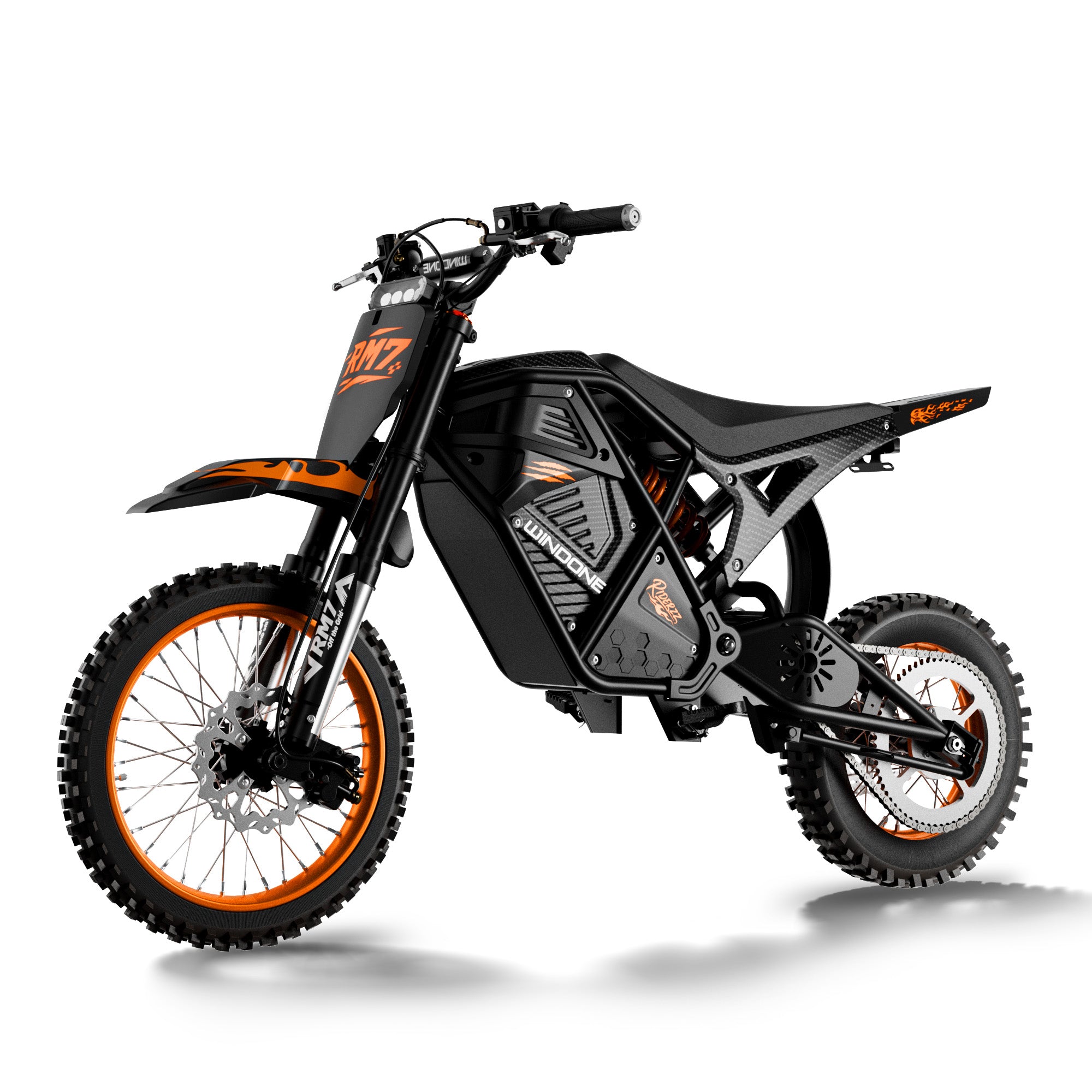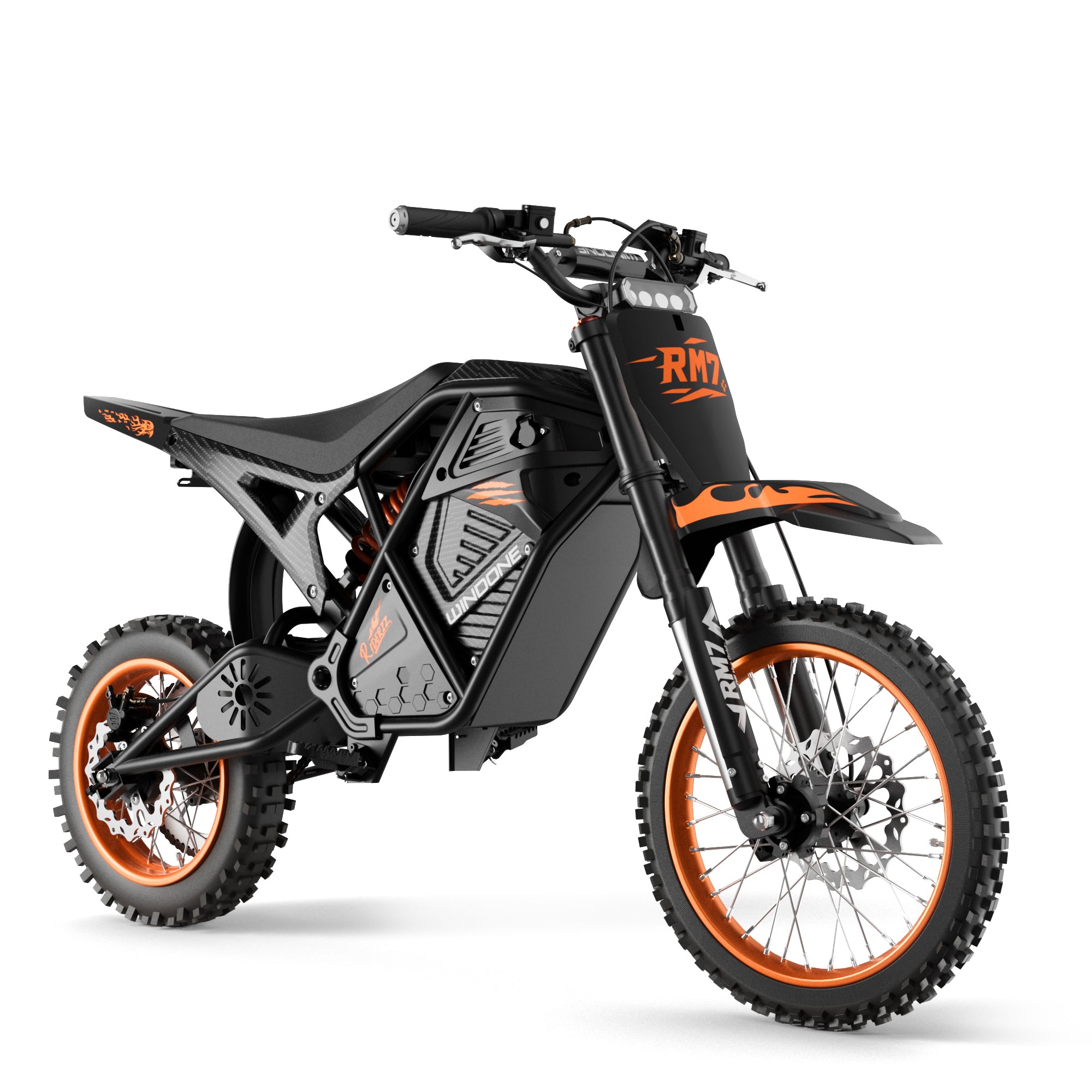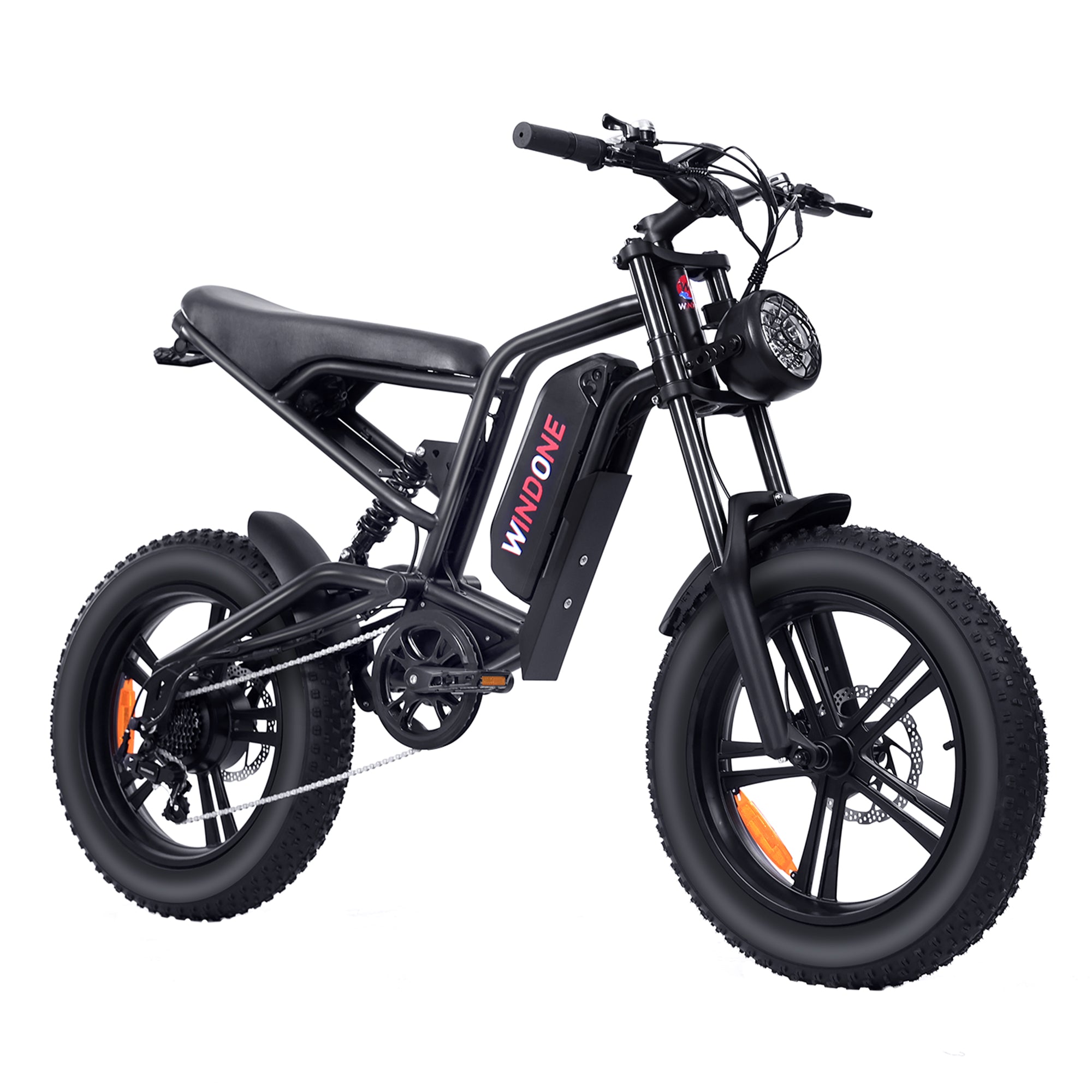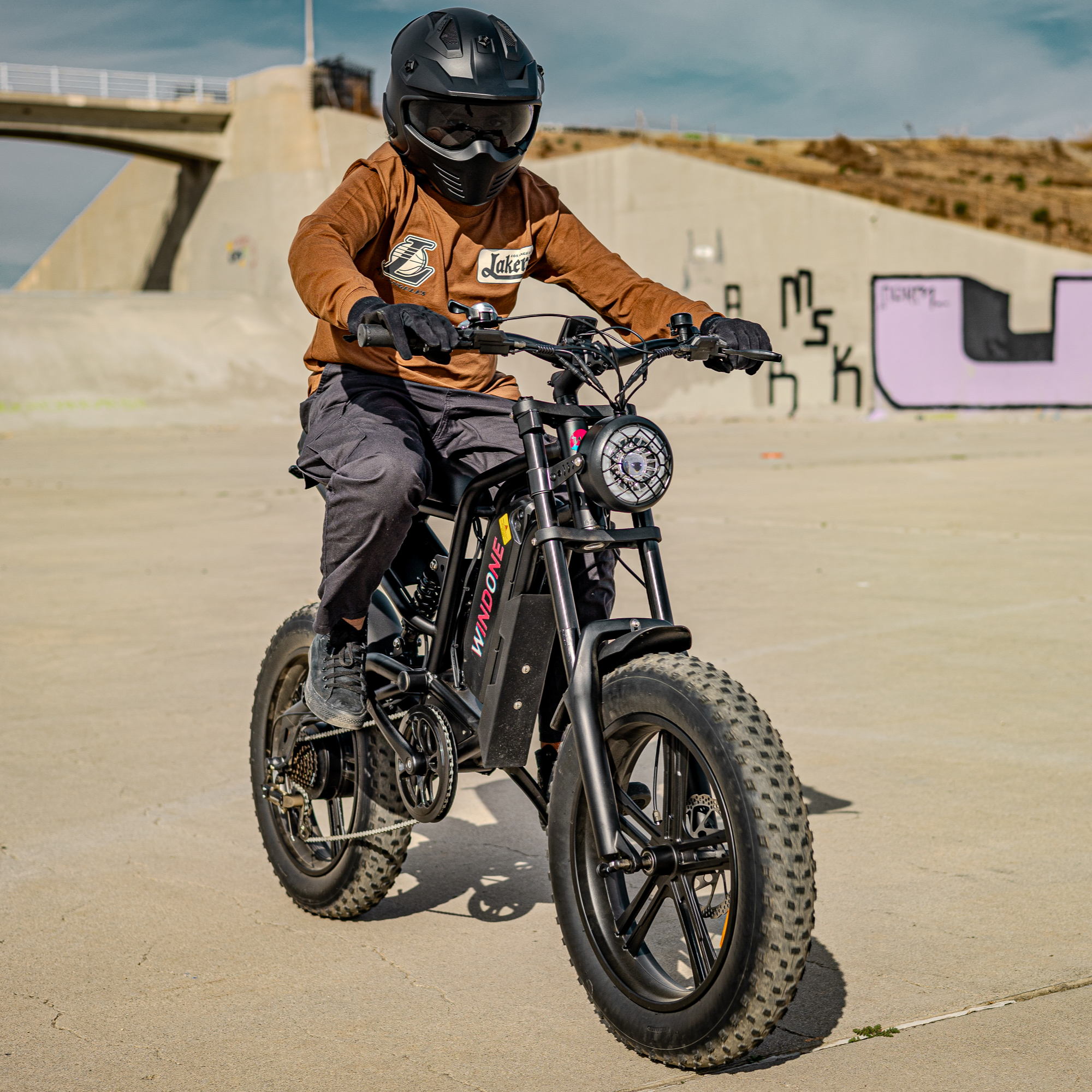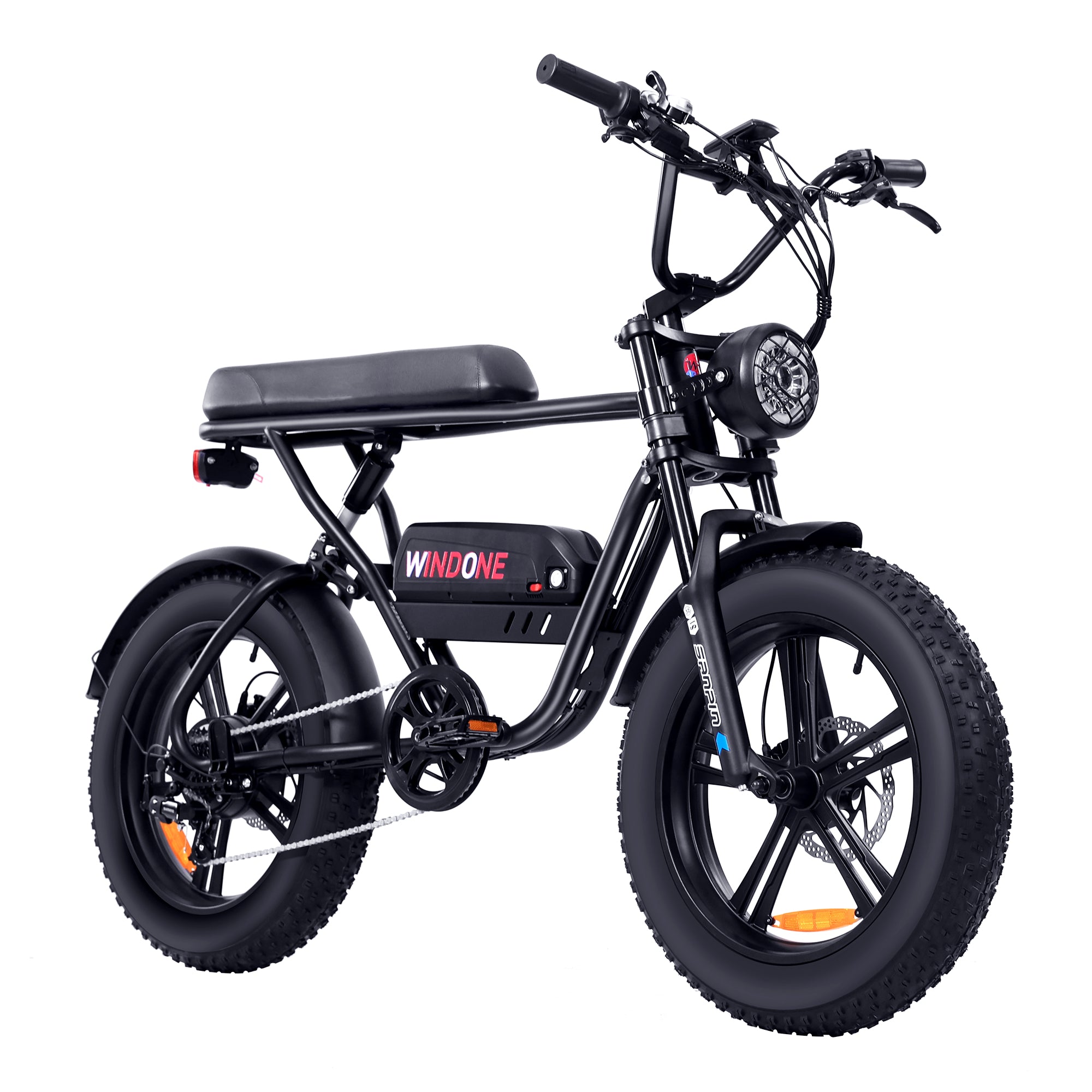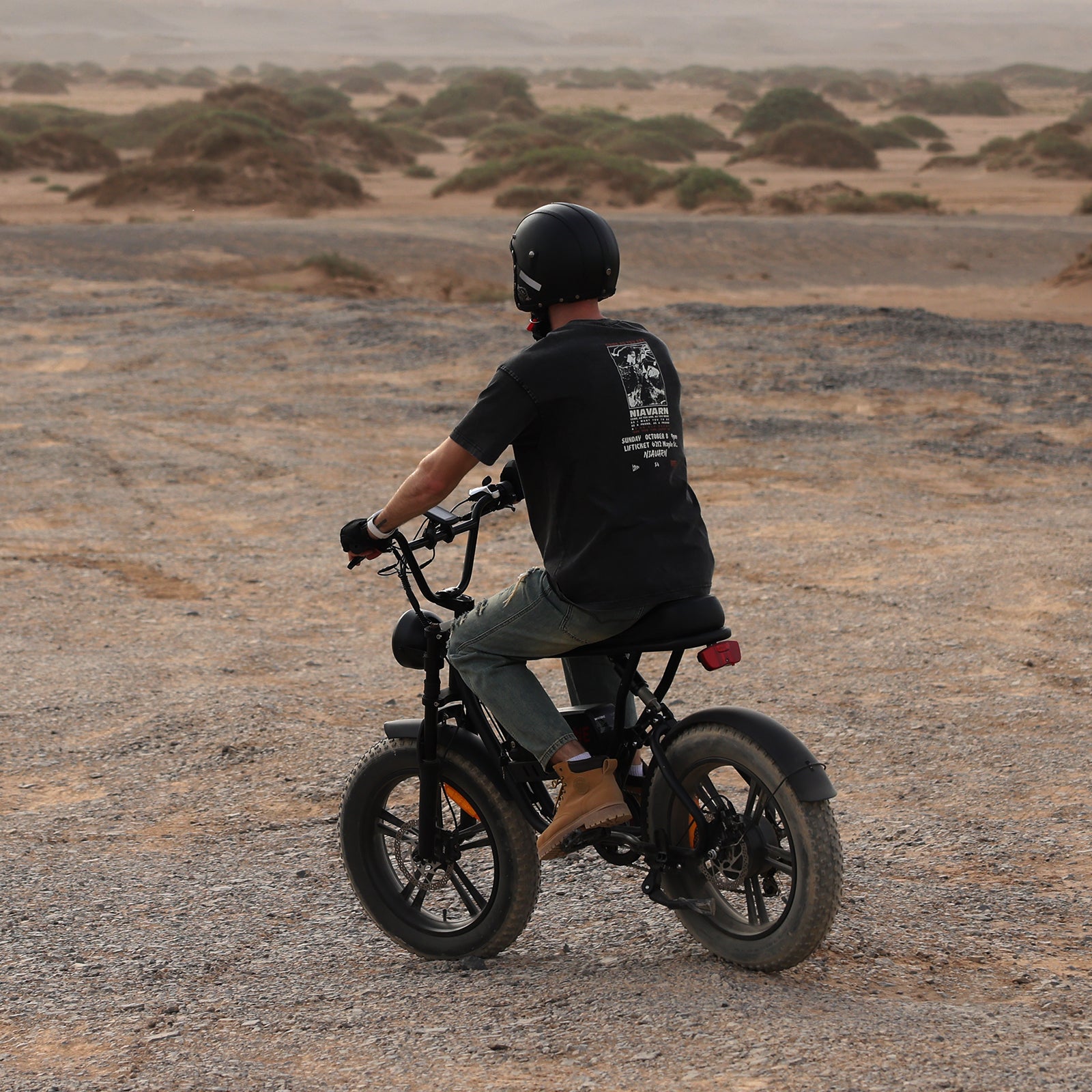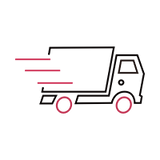Electric bikes have revolutionized urban transportation, offering an eco-friendly and efficient alternative to traditional bicycles and cars. As the popularity of e-bikes continues to grow, understanding the different classes—Class 1, Class 2, and Class 3—becomes crucial for potential users. Each class has its unique features, benefits, and usage restrictions, which can influence your riding experience.
Class 1 E-Bikes: Pedal-Assist Only
Class 1 e-bikes are equipped with a motor that assists only while you are pedaling. The assistance stops when the bike reaches 20 mph. The pedal-assist system ensures a natural riding experience while reducing the effort required to tackle hills or long distances.
Usage and Regulations
- Speed Limit: Motor assistance stops at 20 mph.
- Motor Activation: Active only during pedaling.
- Battery Efficiency: Higher due to assistance only on demand.
- Regulations: Generally allowed on bike paths and multi-use trails without special restrictions.
Ideal Users
Class 1 e-bikes are ideal for daily commuters, recreational riders, and fitness enthusiasts. These bikes are perfect for those who enjoy traditional cycling but need a little help on tough terrains or long commutes.
Class 2 E-Bikes: Throttle-Assisted
Class 2 e-bikes offer both pedal-assist and throttle modes, allowing the rider to use the motor without pedaling. This feature is particularly advantageous for easy starts from a standstill or for taking a break from pedaling due to fatigue or injury. The motor assistance also ceases at 20 mph.
Usage and Regulations
- Speed Limit: Motor assistance up to 20 mph.
- Motor Activation: Available via throttle without pedaling.
- Battery Usage: Potentially higher consumption due to throttle usage.
- Accessibility: Some restrictions on bike paths and trails due to throttle function.
Ideal Users
Class 2 e-bikes cater to a diverse range of riders, including those with physical limitations, older adults, and anyone seeking a more versatile and convenient riding experience. They are suitable for urban commuting, leisurely rides, and running errands. WINDONE S14 FOLDING CITY COMMUTER being as a Class 2 E-Bikes, offers urban commuters unmatched convenience with its foldable design. Its step-through design ensures easy access for all and with a 350W motor and front suspension, it offers a comfortable ride at speeds up to 19 mph.
Class 3 E-Bikes: High-speed Electric Bike
Class 3 e-bikes, or speed pedelecs, are designed for higher speeds, assisting up to 28 mph. These bikes are pedal-assist only, meaning there is no throttle. The higher speed capability makes them suitable for longer commutes and for keeping up with urban traffic.
Usage and Regulations
- Speed Limit: Assistance continues up to 28 mph.
- Motor Activation: Pedal-assist only, no throttle.
- Safety Regulations: Often requires helmets. Some states may require a driver's license and have age requirements for driving.
- Usage Limitations: Generally restricted from most bike paths and trails.
Ideal Users
Class 3 e-bikes are best suited for experienced riders who need to travel longer distances quickly. WINDONE E2 FAT TIRE OFF-ROAD ADVENTURE
and WINDONE K2 FAT TIRE URBAN EXPLORER suit your needs perfectly. The two bikes are designed to reach speeds up to 28 mph, offering exceptional shock absorption for handling rugged terrain with ease. Their robust performance and superior value make them the ideal choice for those who crave speed and adventure, without compromising on quality or reliability. They are perfect for daily commuters who ride on urban roads and bike lanes designed for higher speeds. Given their speed and power, these bikes are also ideal for those who enjoy a more vigorous riding experience and can handle the additional safety requirements and regulations.
Choosing the Right E-Bike for Your Needs
When selecting an e-bike, consider your typical riding environment, desired speed, and local regulations. For urban riders and park enthusiasts, Class 1 e-bikes like Windone S14 are a great choice due to their ease of use and accessibility.
For those needing more flexibility, Class 2 e-bikes offer the convenience of throttle-assisted riding, making them suitable for all types of users, including middle-aged and elderly riders. If you seek higher speeds, a Class 3 e-bike will suit your needs. However, always consider local laws and safety requirements before making your choice.
Where can I ride each type of e-bike?
Class 1 E-bikes (Max speed 20 mph with pedal assist only):
- These are generally allowed on most paved surfaces, including bike paths, roads with a speed limit of 35 mph or less, and some multi-use trails (check signage for specific trail regulations).
- They're treated similarly to regular bicycles in most areas.
Class 2 E-bikes (Max speed 20 mph with pedal assist and throttle):
- They're often permitted in the same places as Class 1 e-bikes, but some areas might restrict their use on sidewalks or designated bike paths.
Class 3 E-bikes (Max speed 28 mph with pedal assist only):
- These are considered mopeds in some regions and may require registration or a license.
- Their riding locations might be limited to streets with higher speed limits or designated e-bike paths.
Can I modify my e-bike to change its classification?
Don't modify your e-bike's class - it can be unsafe, illegal, and void your warranty, consider to buy the right classification of E-bike at the purchasing period.









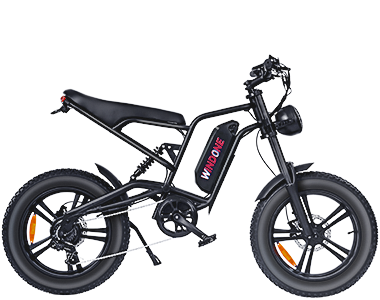
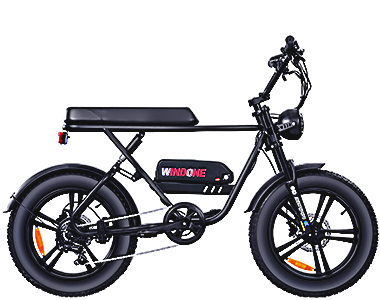
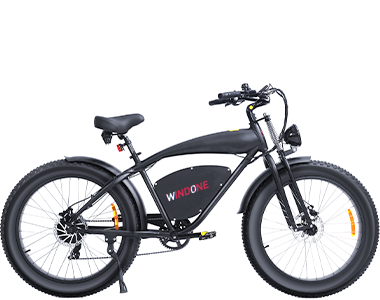
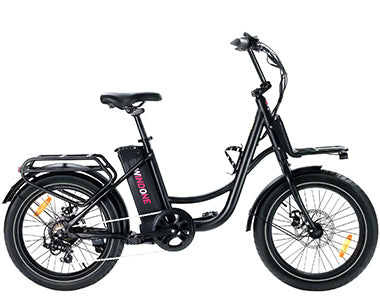
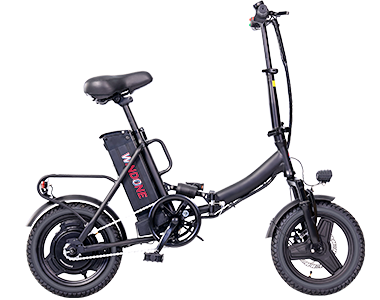
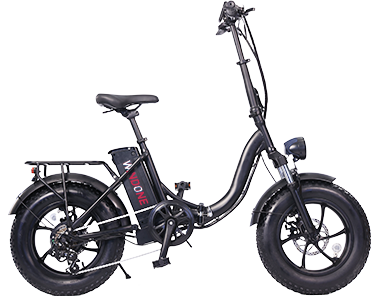


 Electric Inflator Pump
Electric Inflator Pump
 Ebike Locks
Ebike Locks
 Phone Holder
Phone Holder
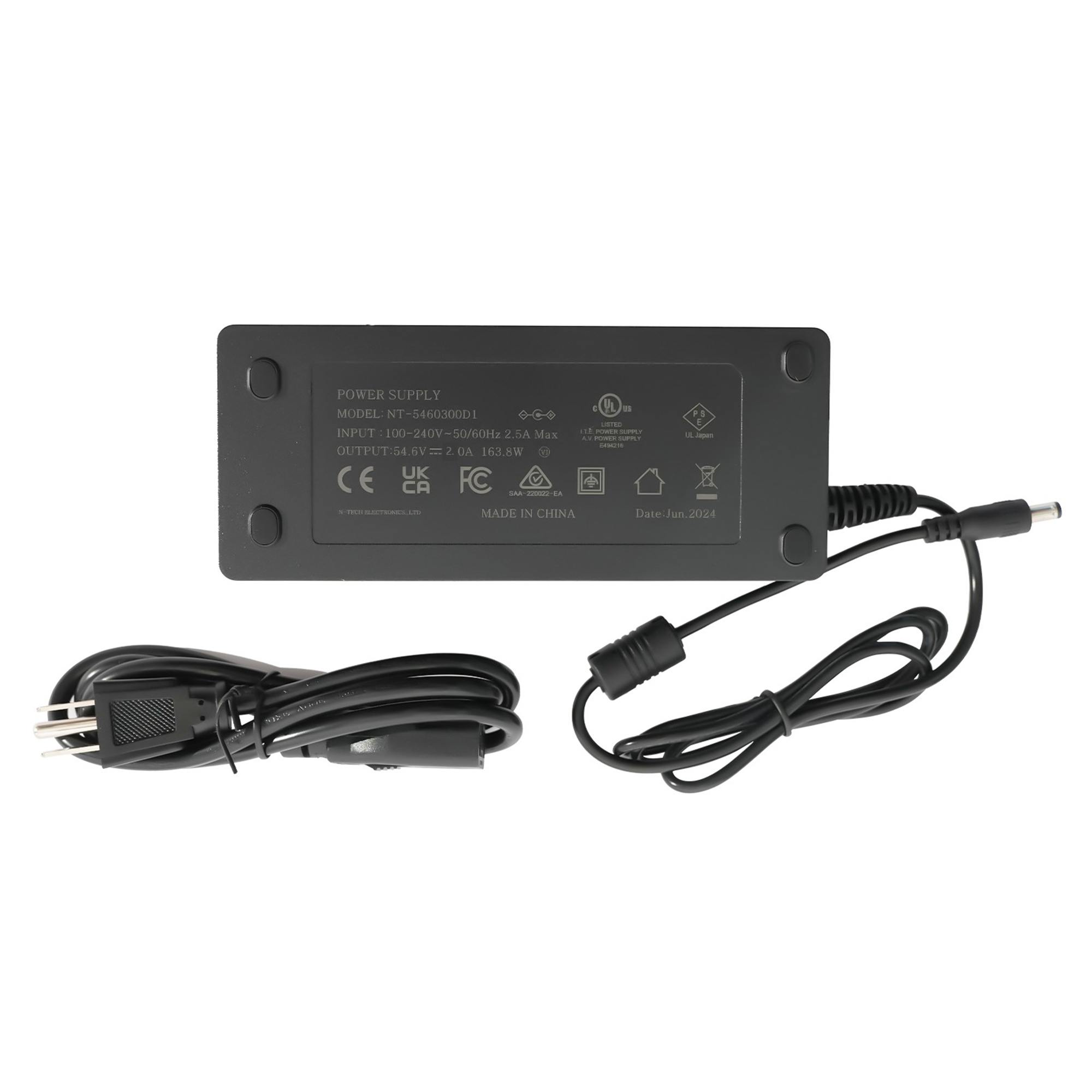
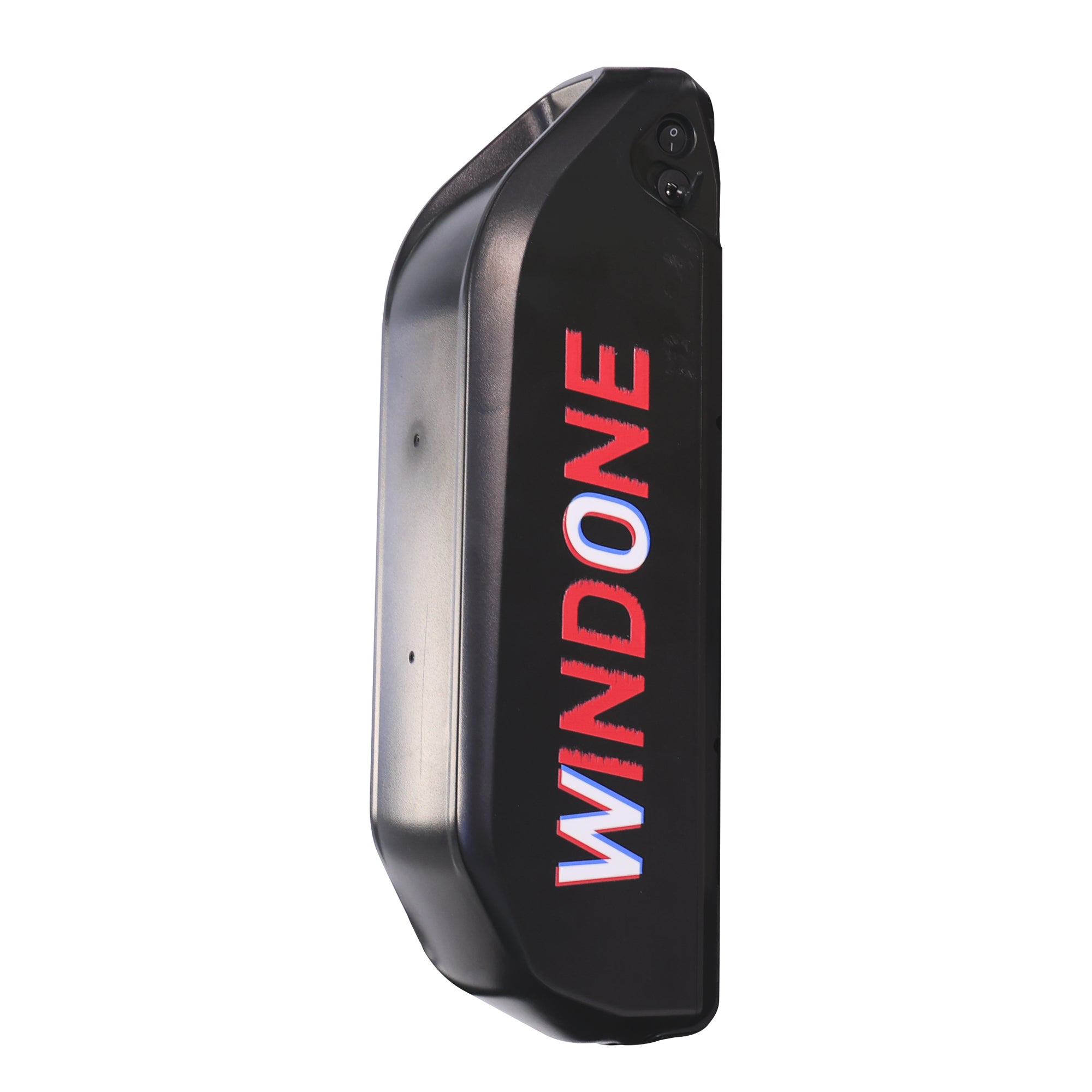
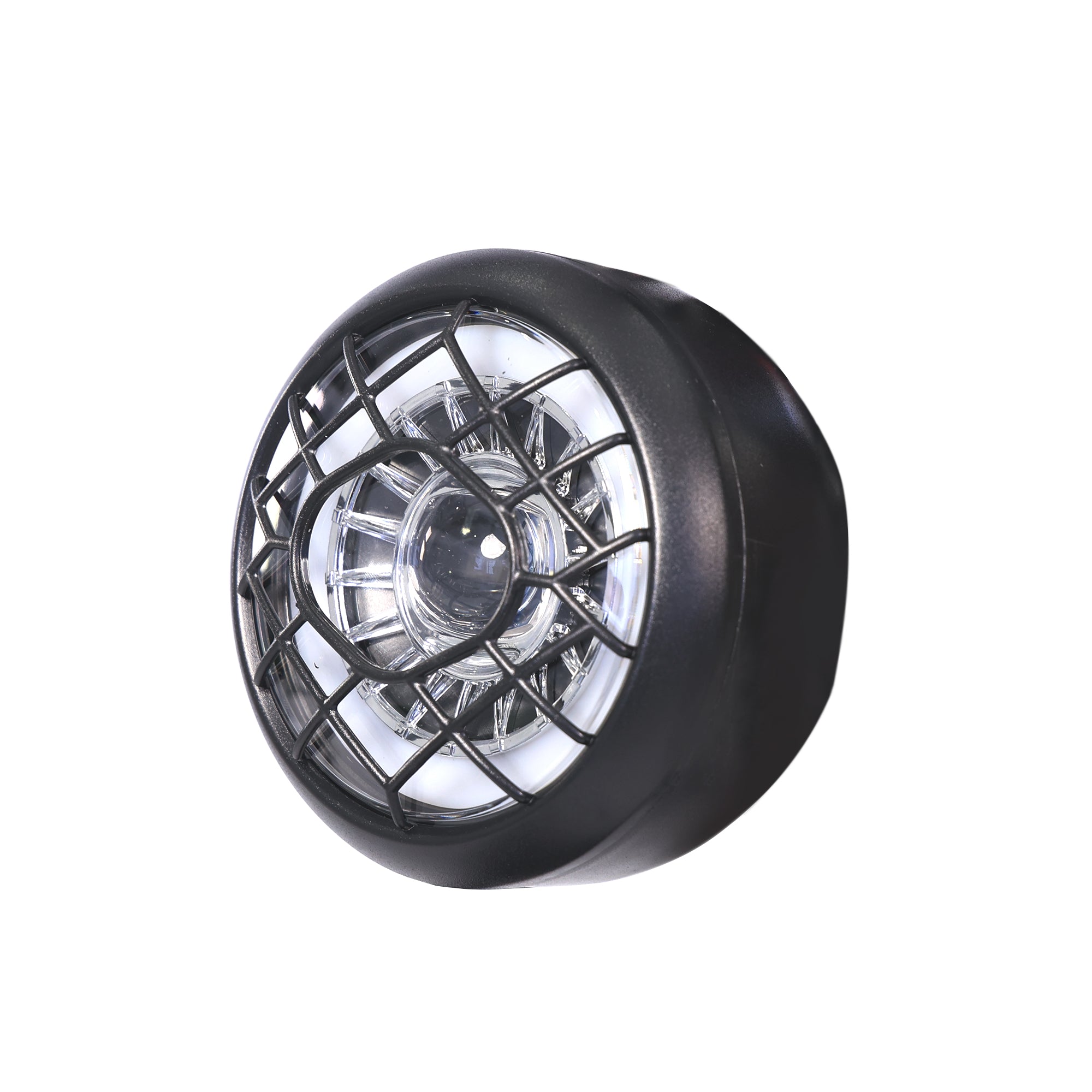
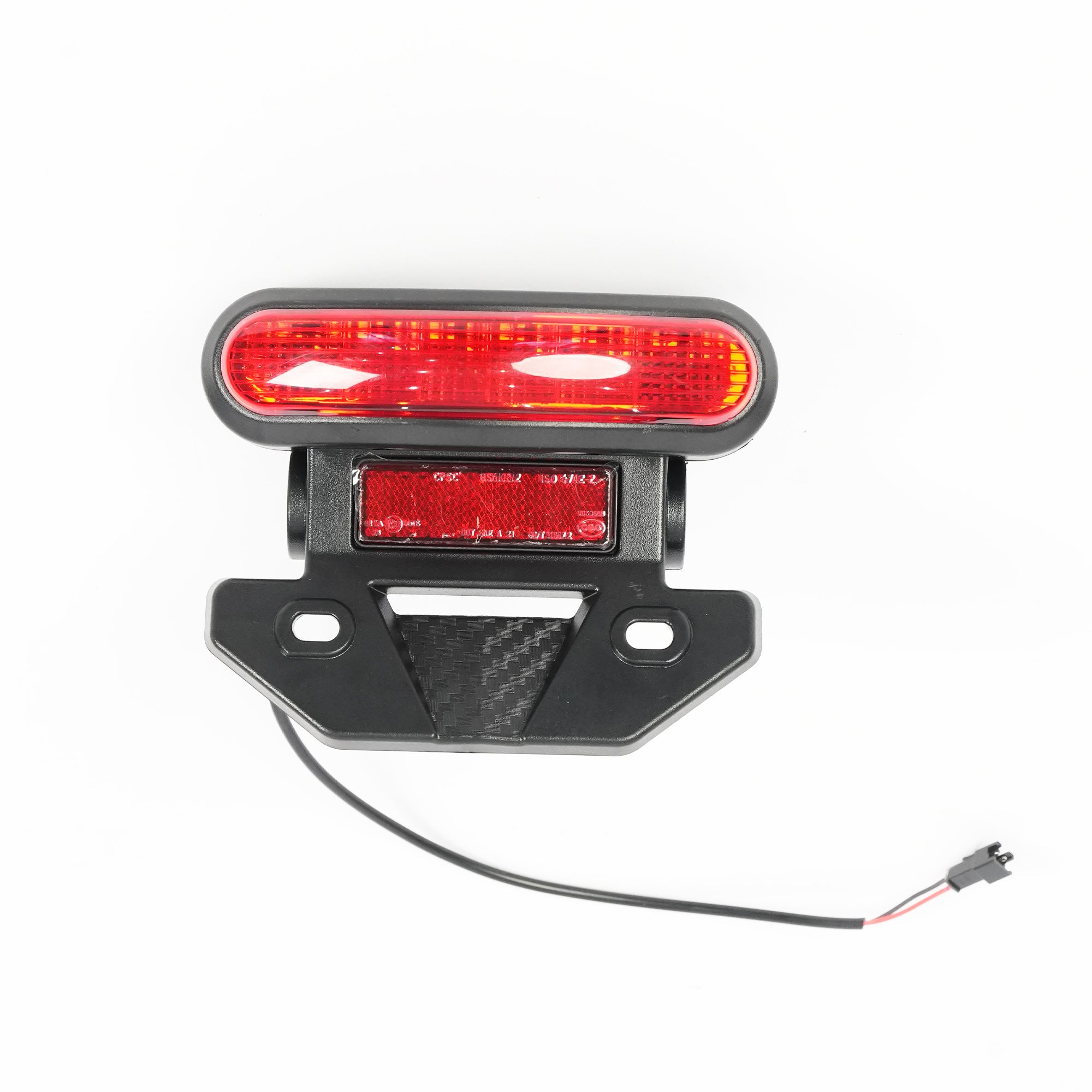
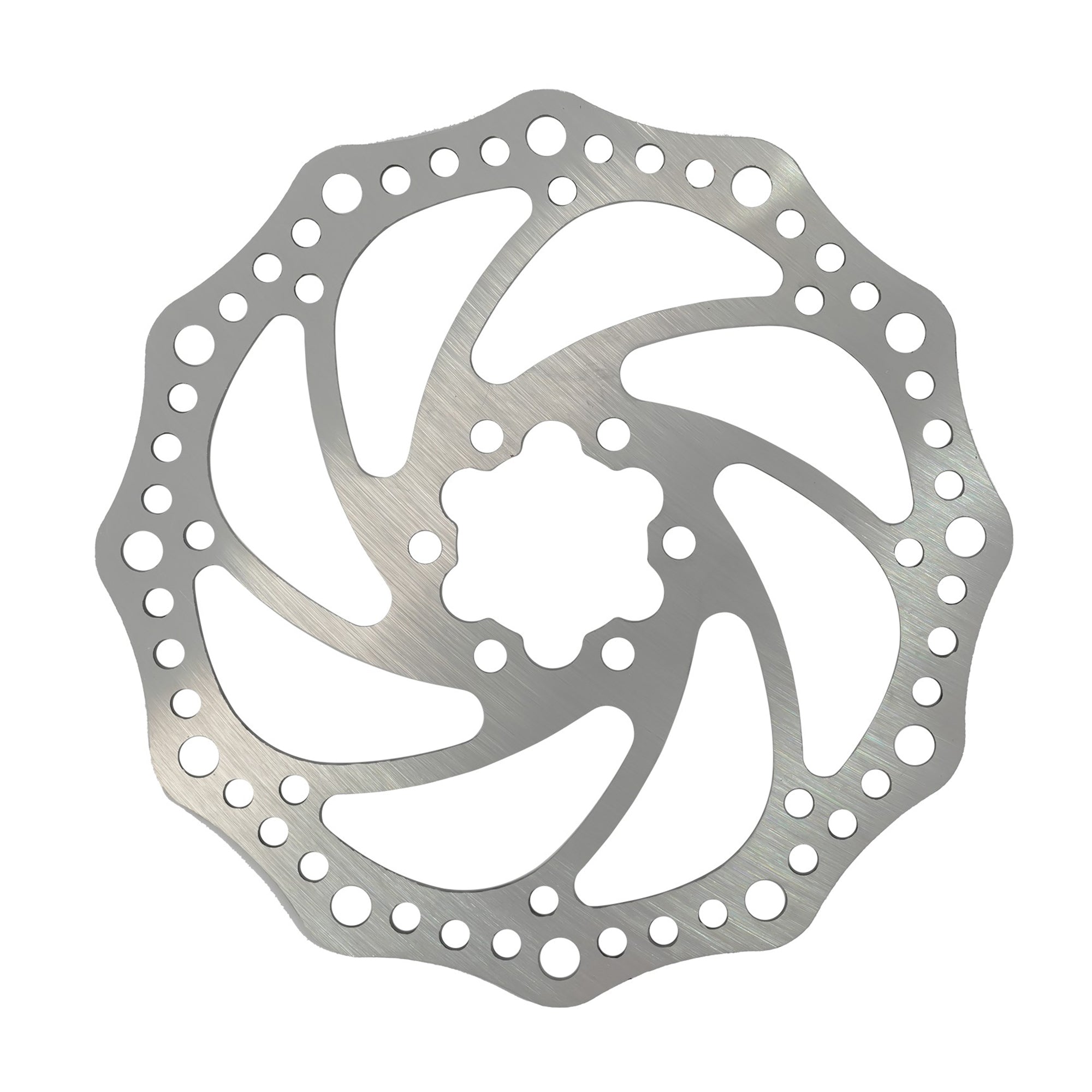
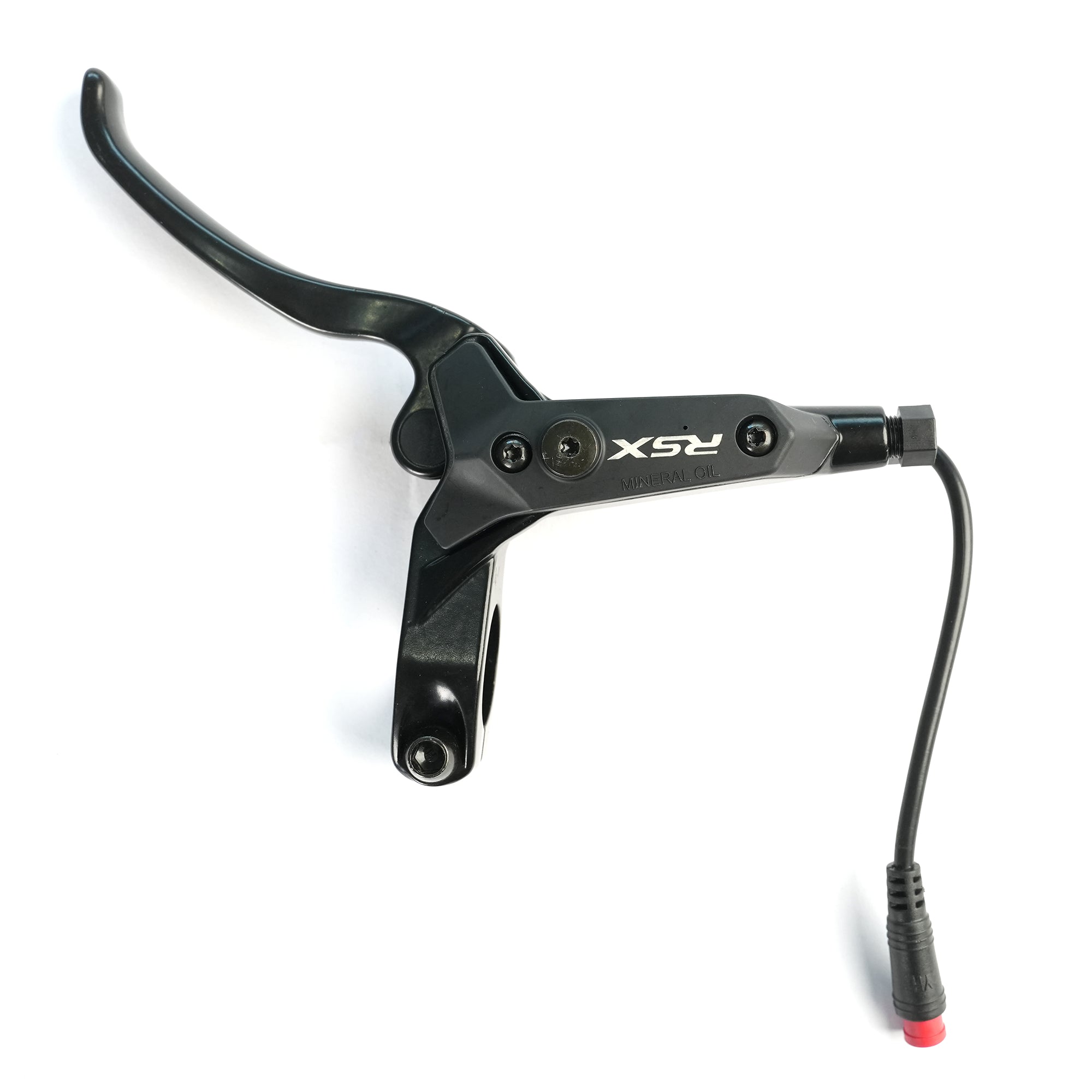
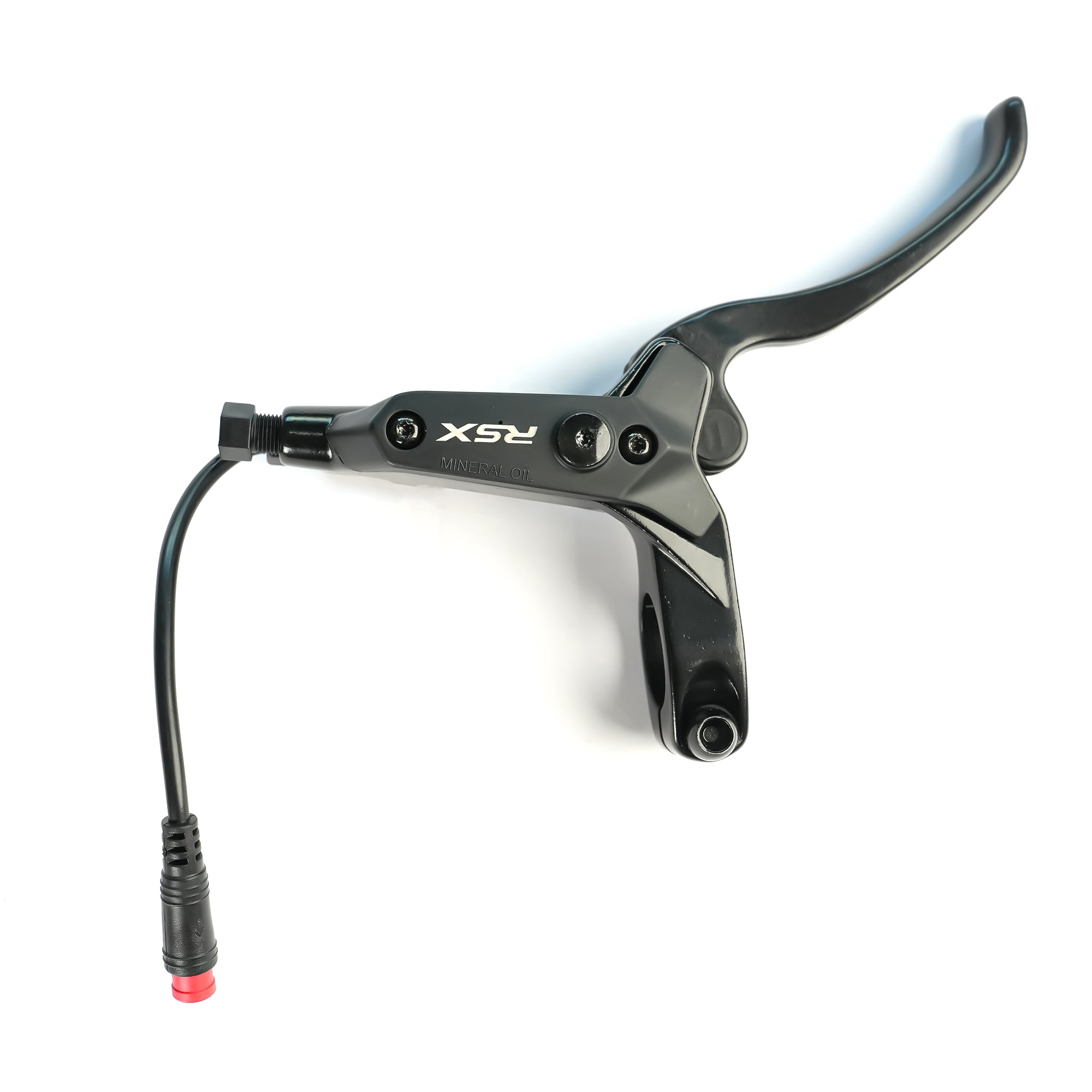
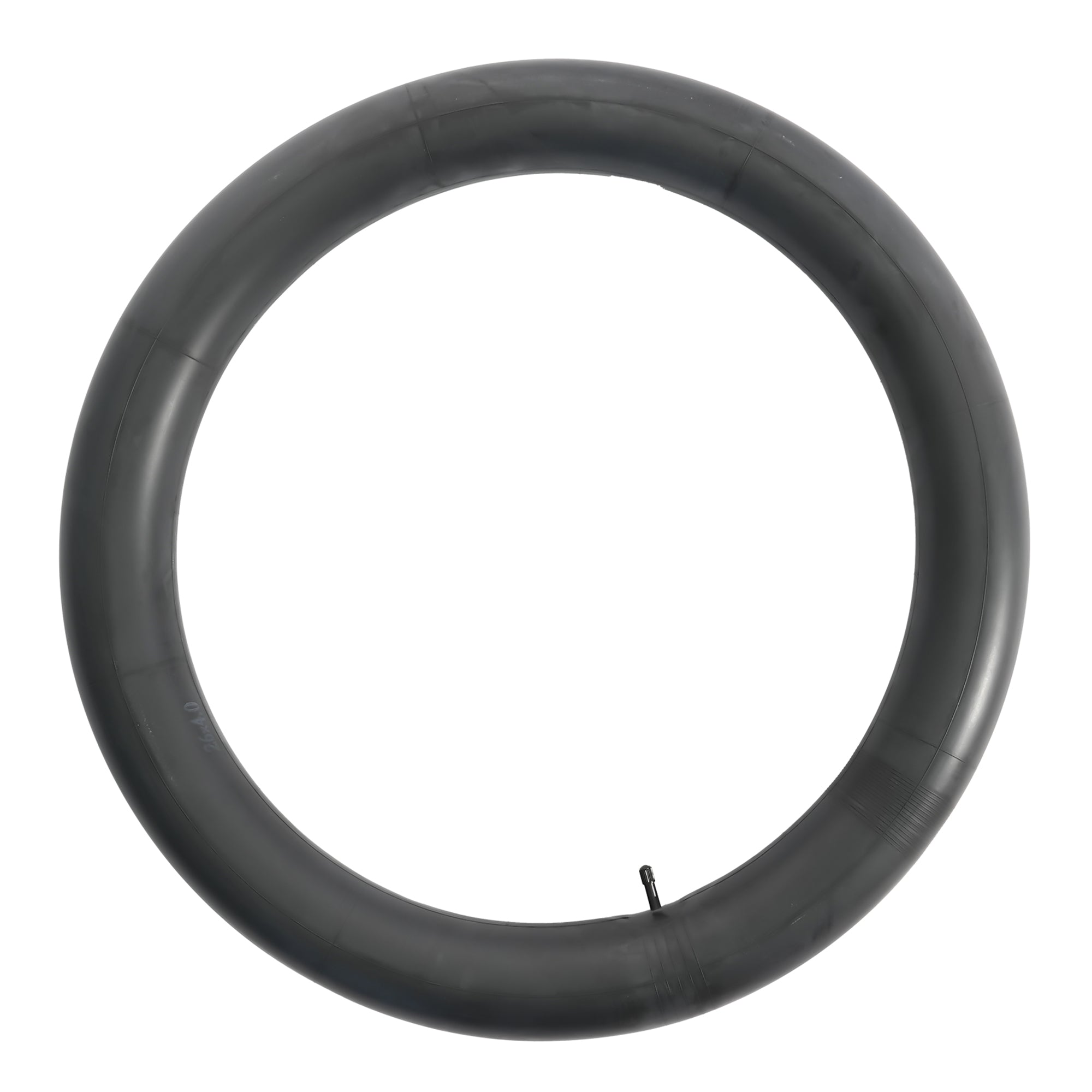
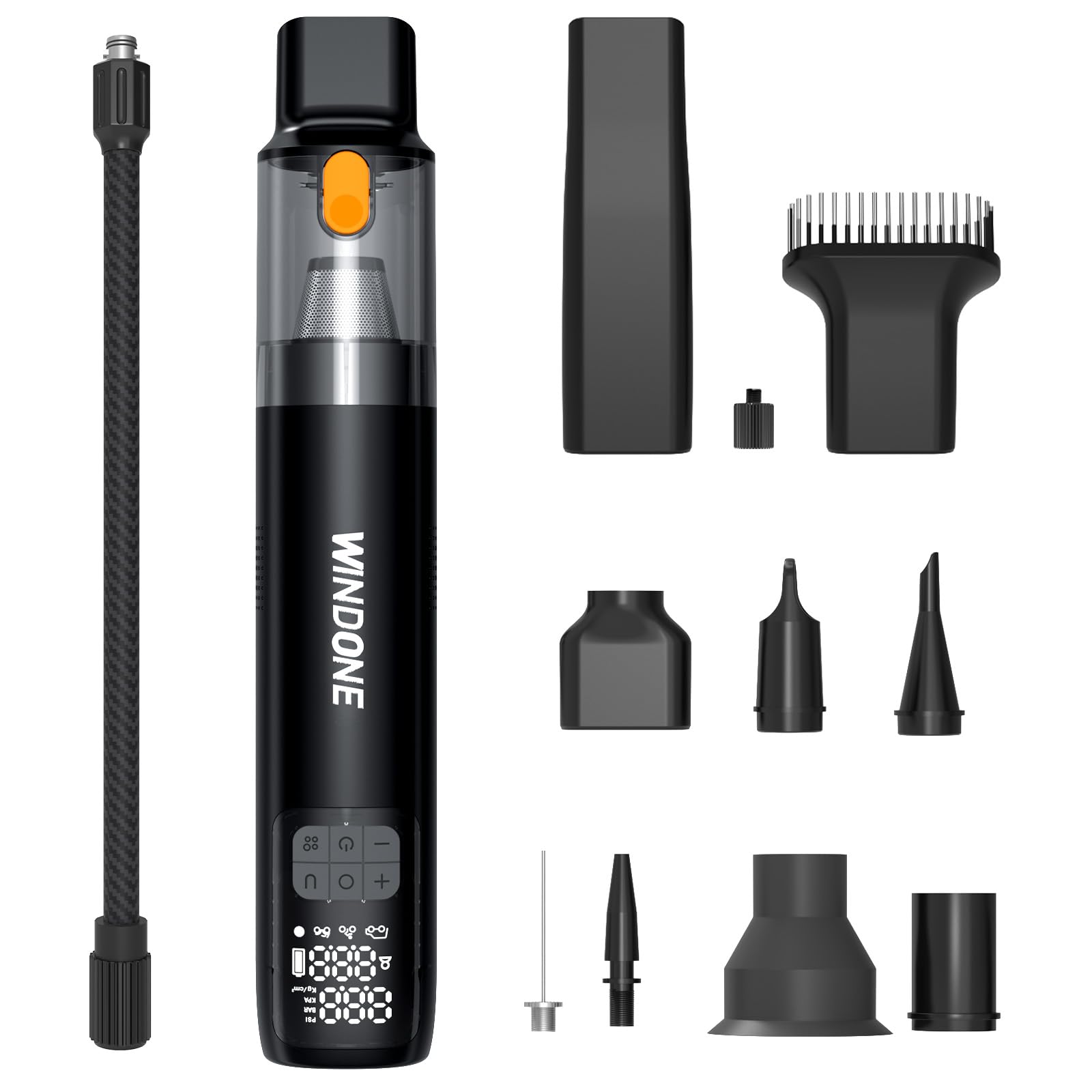
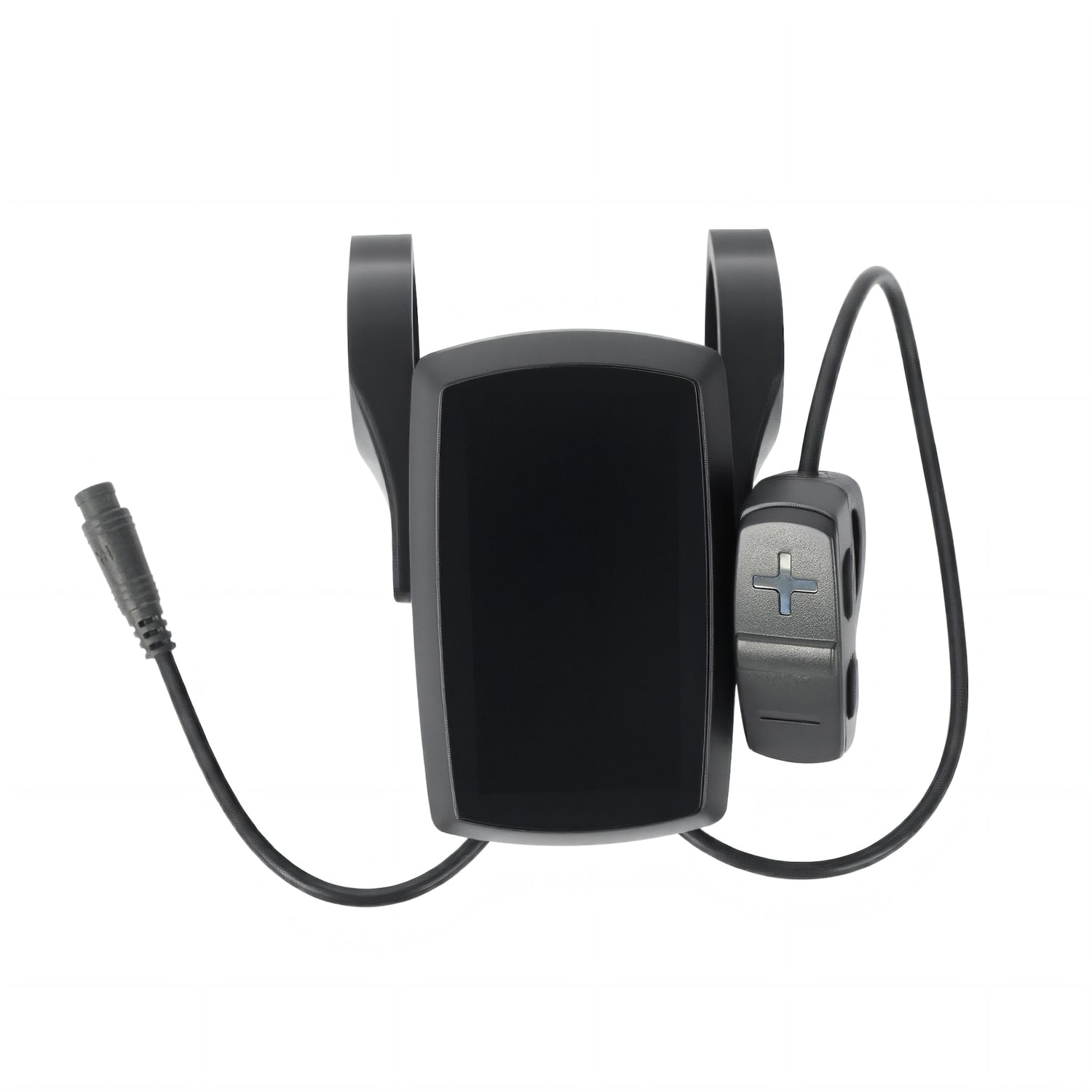
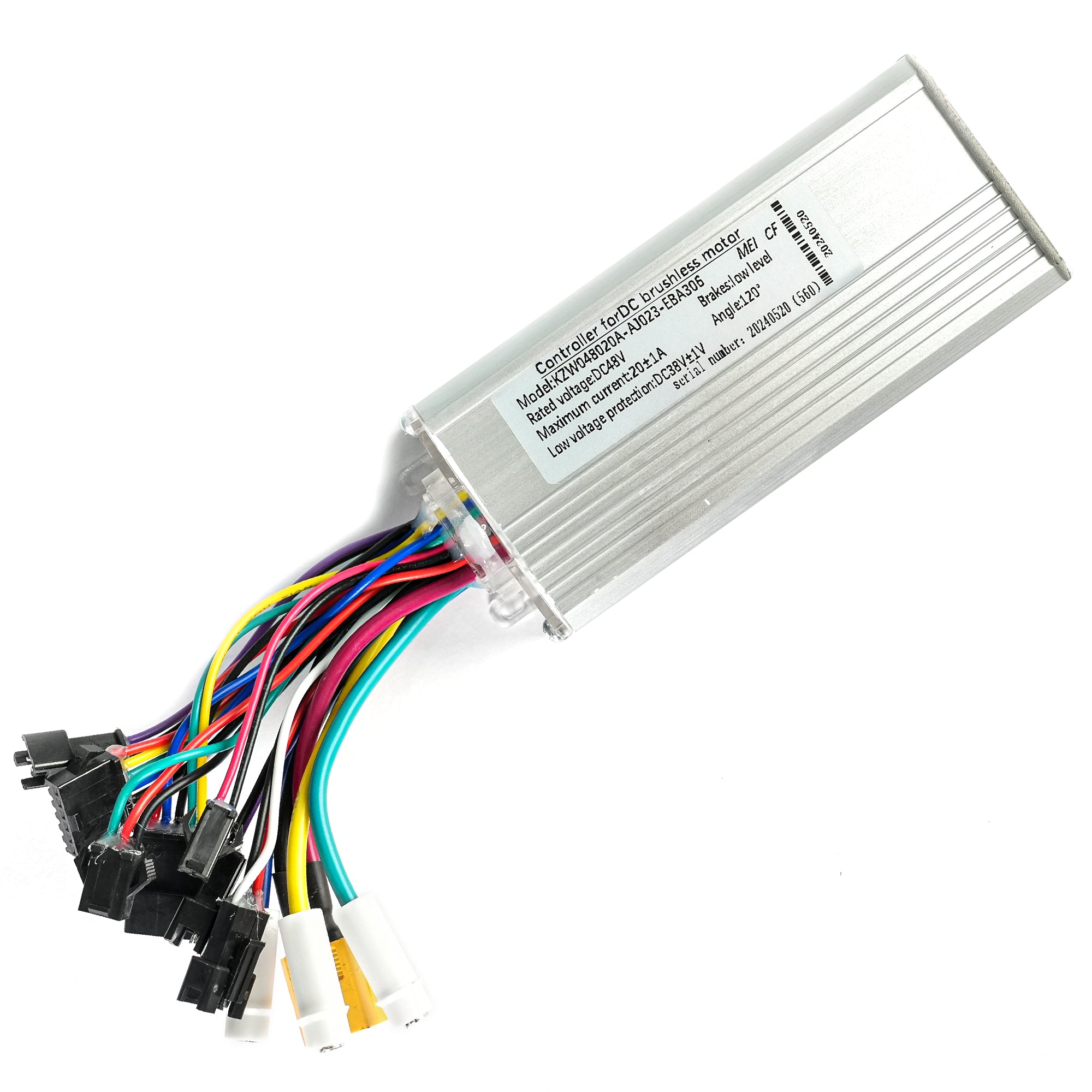
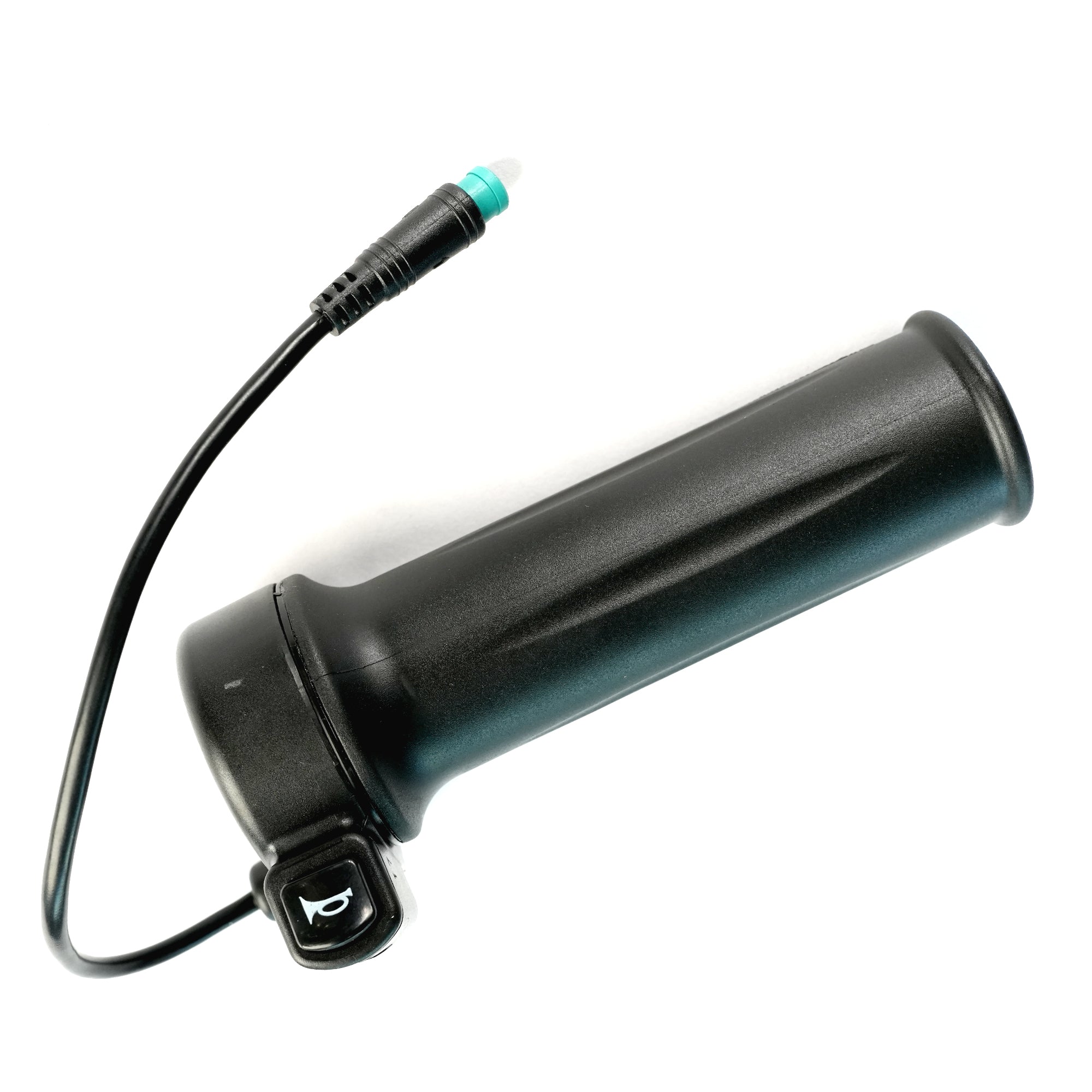
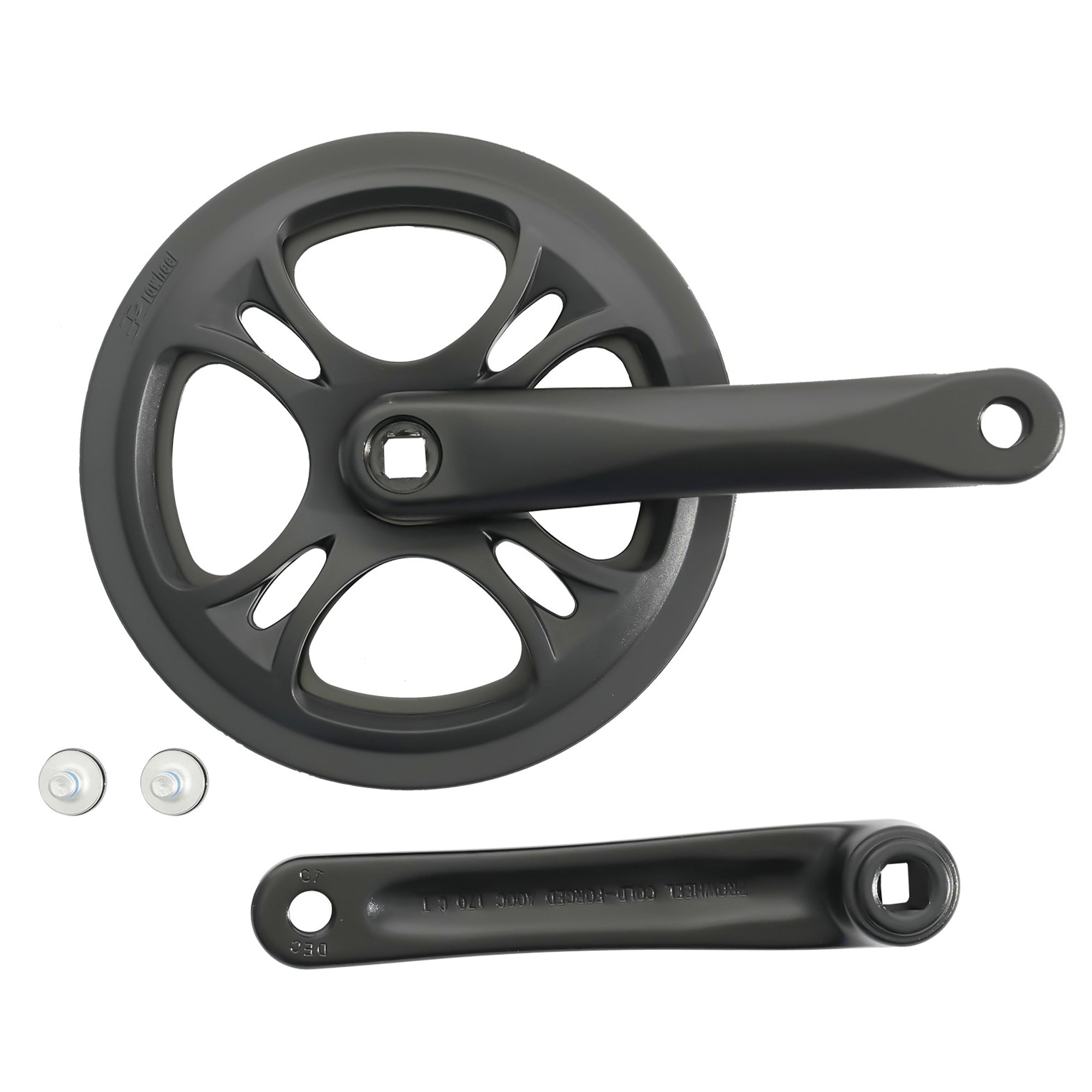
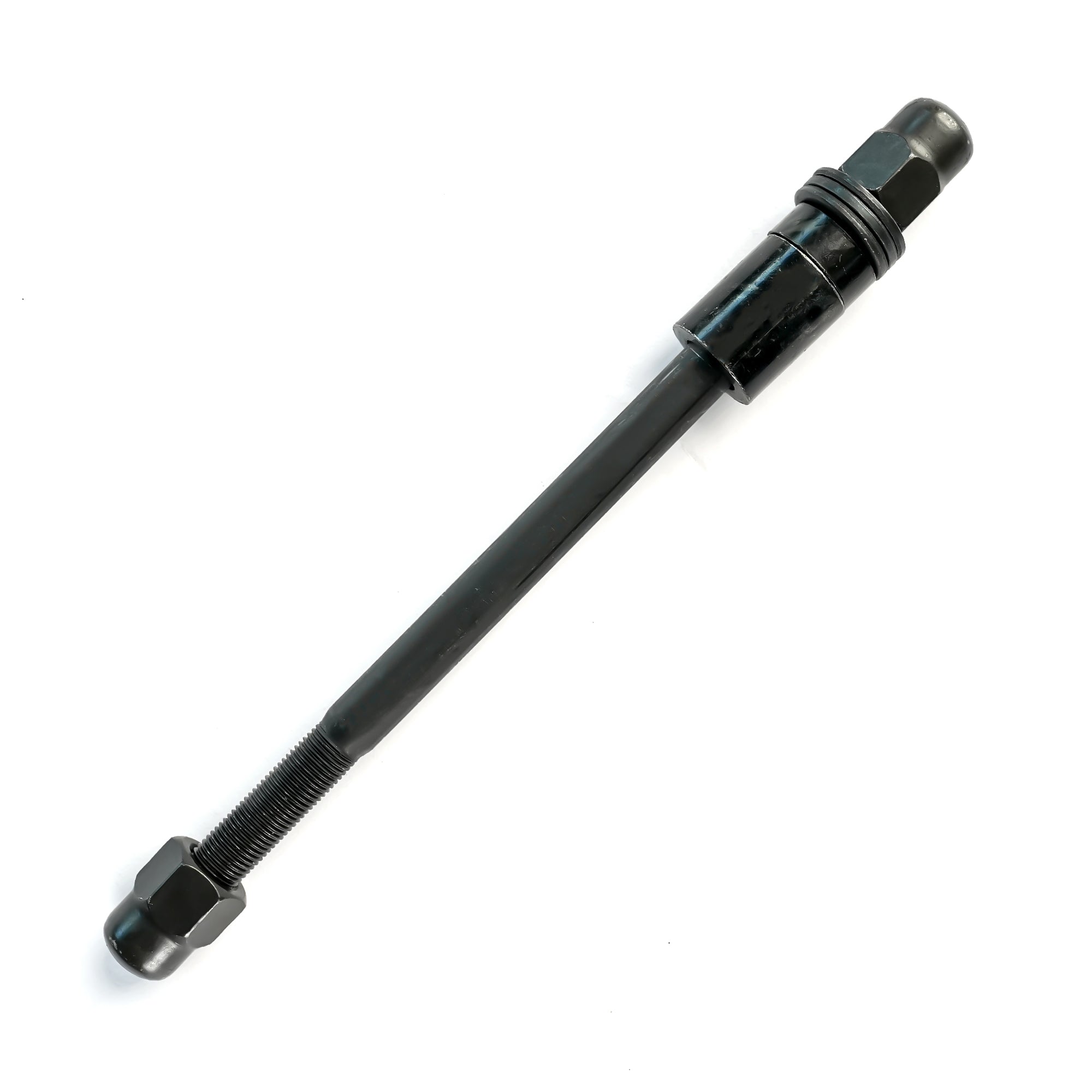
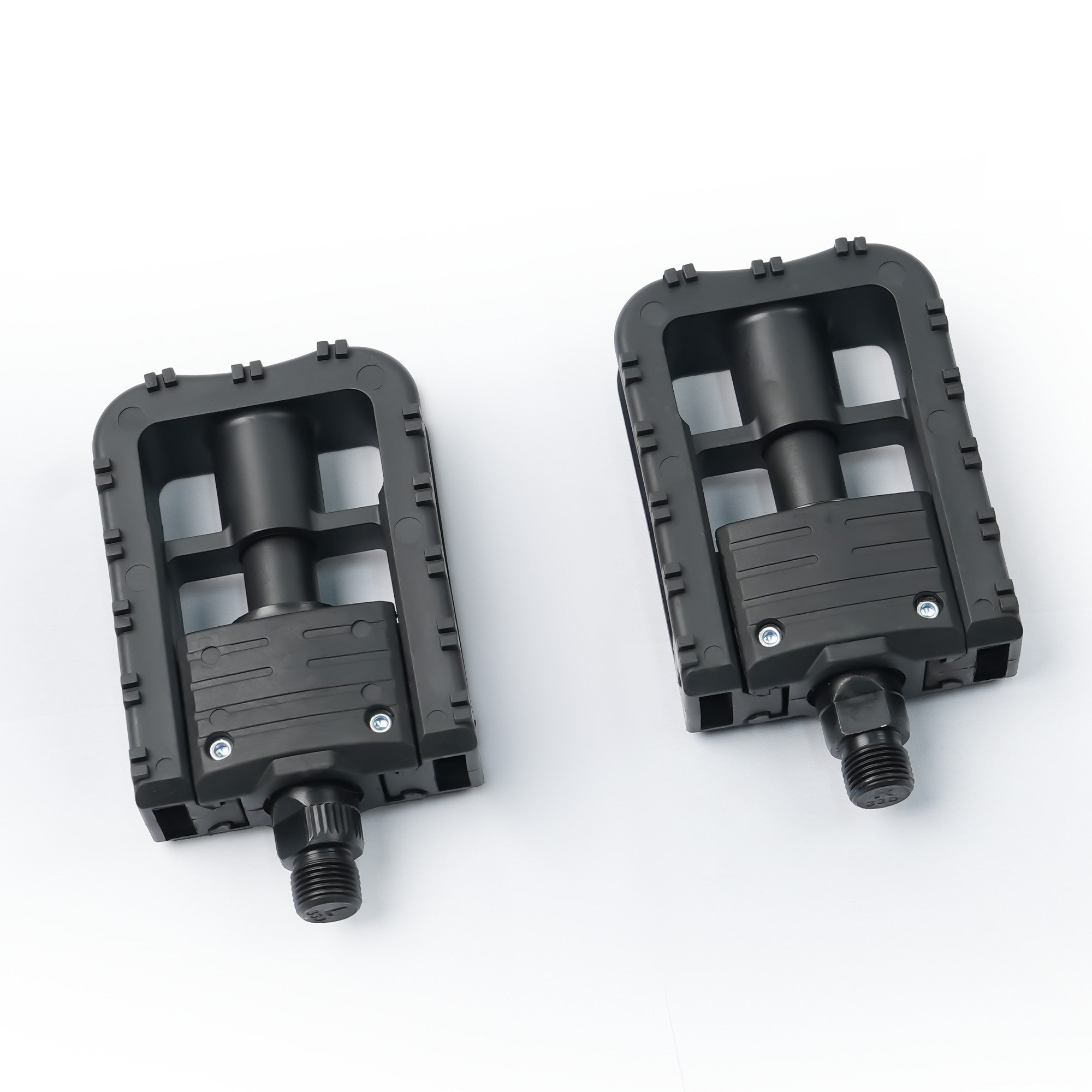
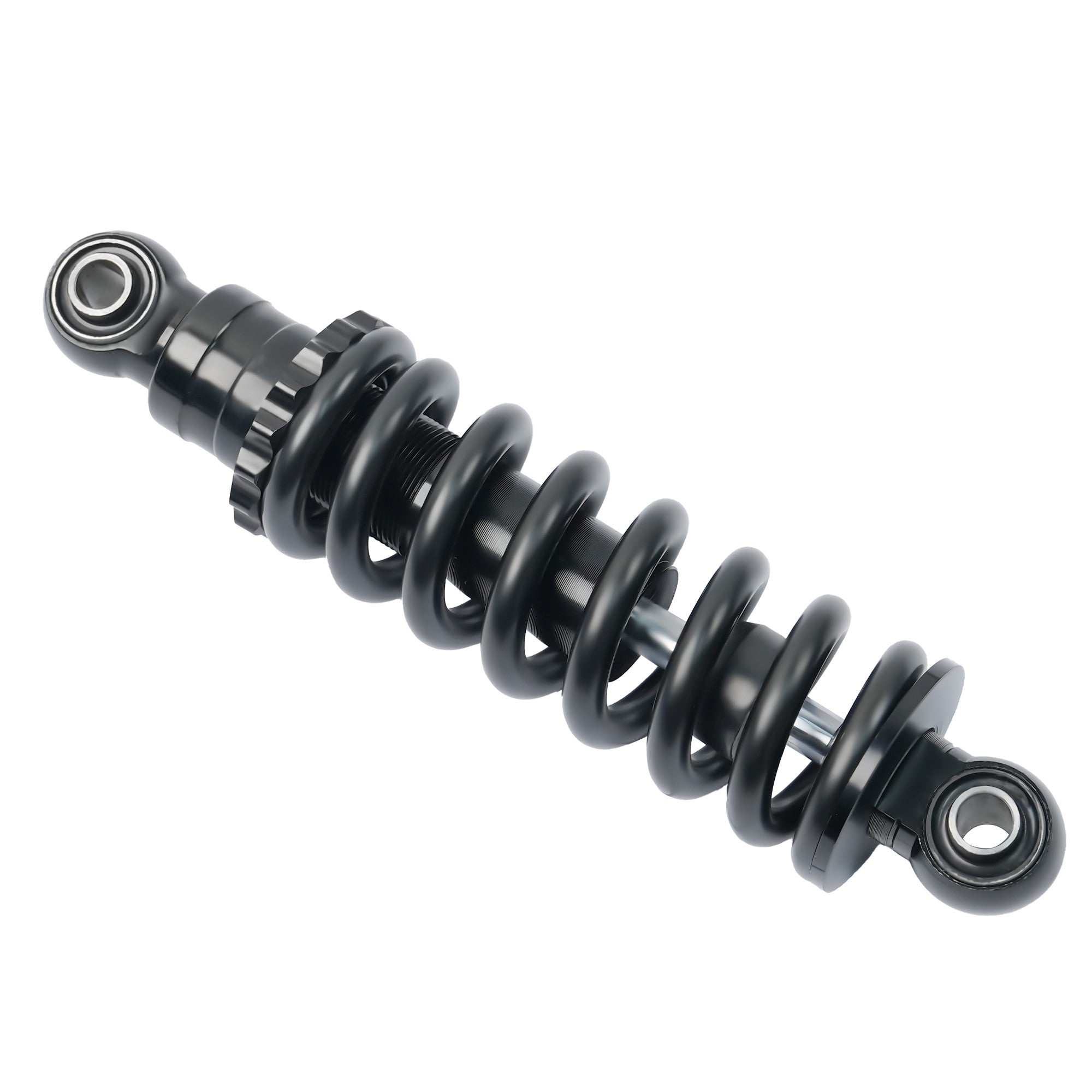
 Payment
Payment Afterpay Financing
Afterpay Financing Warranty
Warranty Shipping Policy
Shipping Policy Exclusive Discounts
Exclusive Discounts Track Your Order
Track Your Order Return & Refund
Return & Refund Referrals & Membership
Referrals & Membership User Manual
User Manual Contact Us
Contact Us FAQs
FAQs

